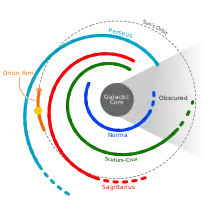The Solar System Portal
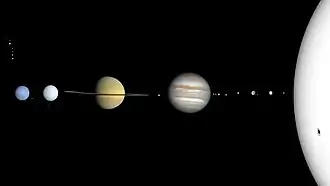
The Solar System is the gravitationally bound system of the Sun and the objects that orbit it. The largest of these objects are the eight planets, which in order from the Sun are four terrestrial planets (Mercury, Venus, Earth and Mars); two gas giants (Jupiter and Saturn); and two ice giants (Uranus and Neptune). The Solar System developed 4.6 billion years ago, when mass of a molecular cloud gathered and formed the Sun and a protoplanetary disc.
All four terrestrial planets belong to the inner Solar System (≤ 1.7 astronomical units, AU) and have a solid surface. Inversely, all four giant planets belong to the outer Solar System (≤ 30.5 AU) and do not have a definite surface, as they are mainly composed of gases and liquids. 99.86% of the Solar System's mass is in the Sun and nearly 90% of the remaining mass are in Jupiter and Saturn. There is a strong consensus among astronomers that the Solar System also has nine dwarf planets, which consist of one asteroid-belt object – Ceres; five Kuiper-belt objects – Pluto, Orcus, Haumea, Quaoar, and Makemake; and three scattered-disc objects – Gonggong, Eris, and Sedna.
There are a vast number of smaller objects orbiting the Sun, called small Solar System bodies. This category includes asteroids, comets, centaurs, meteoroids and interplanetary dust clouds. Many of these objects are in the asteroid belt between the orbits of Mars and Jupiter (1.5–4.5 AU), and the Kuiper belt just outside Neptune's orbit (30–50 AU). Six of the major planets, the six largest possible dwarf planets, and many of the smaller bodies are orbited by natural satellites, commonly called "moons" after Earth's Moon. Two natural satellites, Jupiter's moon Ganymede and Saturn's moon Titan, are larger than Mercury, the smallest terrestrial planet, though they are less massive.
The Solar System is constantly flooded by the Sun's charged particles, the Solar wind, forming the heliosphere. Pushed against by the surrounding interstellar medium of the Local Cloud, the Solar wind starts slowing at 75 to 90 AU (the termination shock), before being halted, resulting in the heliopause, the boundary of the Solar System to interstellar space. The outermost region of the Solar System is the Oort cloud, the source for long-period comets, extending from 2,000 AU to the edge of the Solar System's sphere of gravitational influence at up to 200,000 AU (3.2 ly). The closest star to the Solar System, Proxima Centauri, is 4.25 ly away. The Solar System orbits the Galactic Center of the Milky Way galaxy, as part of its Orion Spur, at a distance of 26,000 ly. (Full article...)
Selected article –
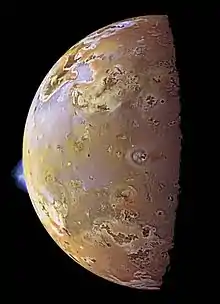
Selected picture
General images
The following are images from various Solar System-related articles on Wikipedia.
Did you know –

- ...that although NASA originally thought that there was only one scalloped margin dome on the planet Venus (pictured), they have since discovered hundreds of them?
- ...that the Battle of Szkłów in 1654 occurred during a solar eclipse?
- ...that NASA engineer Harvey Allen's "Blunt Body Theory" made possible the design of heat shields that protected the Mercury, Gemini and Apollo astronauts?
- ...that the Explorer 32 satellite was able to determine the density of the upper atmosphere through ground-based observations of the effect of drag on the satellite?
- ...that the Caloris Basin on Mercury, one of the largest impact basins in the Solar System, is surrounded by a series of geological formations believed to have been produced by the basin's ejecta?
- ...that Kordylewski clouds are large concentrations of dust that orbit Earth at the distance of the Moon?
- ...that no viable solution has yet been found to counteract radiation from space, which is a serious threat to astronauts on any future mission to Mars?
- ...that Claudia Alexander was the last project manager of NASA's Galileo mission to Jupiter?
Categories
| Solar System | ||
|---|---|---|
 |
||
| Celestial mechanics | Comets | ...in fiction |
 |
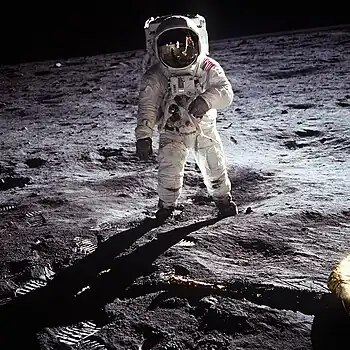 | |
| Minor planets | Moons | Planetary missions |
 |
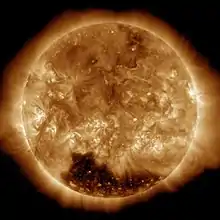 |
.jpg.webp) |
| Planets... | Sun | Surface feature nomenclature... |
In the news
- April 7: NASA's helicopter Ingenuity survives its first night at Mars
- December 25: 'Earth-based life can survive in hydrogen-rich atmospheres': MIT professor Dr Seager tells Wikinews about her research on organisms thriving in oxygen-less environment
- July 7: Astronomer Anthony Boccaletti discusses observation of birth of potential exoplanet with Wikinews
- May 31: SpaceX successfully launches its first crewed spaceflight
- May 22: Astronomer tells Wikinews about discovery of closest black hole known so far
- October 12: Cosmonaut Alexei Leonov dies at age 85
- October 10: Swedish academy announces 2019 Nobel Prize winners in physics
- September 14: Astronomers find water vapour in atmosphere of exoplanet K2-18b
- March 5: SpaceX Crew Dragon capsule docks with International Space Station
- January 9: Simple animals could live in Martian brines: Wikinews interviews planetary scientist Vlada Stamenković
- November 29: NASA's InSight Lander makes it to Mars
- October 12: Manned Soyuz space mission aborts during launch
Major topics
Solar System: Planets (Definition · Planetary habitability · Terrestrial planets · Gas giants · Rings) · Dwarf planets (Plutoid) · Colonization · Discovery timelineˑ Exploration · Moons · Planetariums
- Sun: Sunspot · Solar wind · Solar flare · Solar eclipse
- Mercury: Geology · Exploration (Mariner 10 · MESSENGER · BepiColombo) · Transit
- Venus: Geology · Atmosphere · Exploration (Venera · Mariner program 2/5/10 · Pioneer · Vega 1/2ˑ Magellan · Venus Express) · Transit
- Earth: History · Geology · Geography · Atmosphere · Rotation
- Moon: Geology · Selenography · Atmosphere · Exploration (Luna · Apollo 8/11) · Orbit · Lunar eclipse
- Mars: Moons (Phobos · Deimos) · Geology · Geography · Atmosphere · Exploration (Mariner · Mars · Viking 1/2 · Pathfinder · MER)
- Ceres: Exploration (Dawn)
- Jupiter: Moons (Amalthea, Io · Europa · Ganymede · Callisto) · Rings · Atmosphere · Magnetosphere · Exploration (Pioneer 10/11 · Voyager 1/2 · Ulysses · Cassini · Galileo · New Horizons)
- Saturn: Moons (Mimas · Enceladus · Tethys · Dione · Rhea · Titan · Iapetus) · Rings · Exploration (Pioneer 11 · Voyager 1/2 · Cassini–Huygens)
- Uranus: Moons (Miranda · Ariel · Umbriel · Titania · Oberon) · Rings · Exploration (Voyager 2)
- Neptune: Moons (Triton) · Rings · Exploration (Voyager 2)
- Planets beyond Neptune
- Pluto: Moons (Charon, Nix, Hydra, Kerberos, Styx) · Exploration (New Horizons)
- Haumea: Moons (Hi'iaka, Namaka)
- Makemake
- Eris: Dysnomia
- Small bodies: Meteoroids · Asteroids (Asteroid belt) · Centaurs · TNOs (Kuiper belt · Scattered disc · Oort cloud) · Comets (Hale–Bopp · Halley's · Hyakutake · Shoemaker–Levy 9)
- Formation and evolution of the Solar System: History of Solar System formation and evolution hypotheses · Nebular hypothesis
- See also: Featured content · Featured topic · Good articles · List of objects
Bold articles are featured.
Italicized articles are on dwarf planets or major moons.
Things you can do
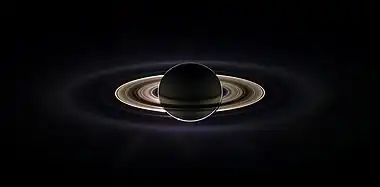
 |
Here are some tasks awaiting attention:
|
Related portals
Related WikiProjects
 |
 | |
| Solar System | Moon | Mars |
|---|---|---|
 |
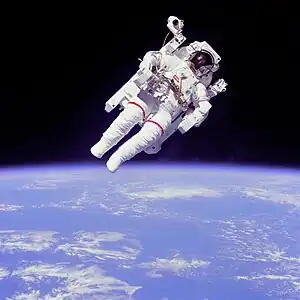 | |
| Astronomy | Astronomical objects | Spaceflight |
Associated Wikimedia
The following Wikimedia Foundation sister projects provide more on this subject:
-
 Commons
Commons
Free media repository -
 Wikibooks
Wikibooks
Free textbooks and manuals -
 Wikidata
Wikidata
Free knowledge base -
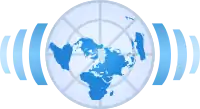 Wikinews
Wikinews
Free-content news -
 Wikiquote
Wikiquote
Collection of quotations -
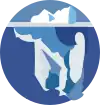 Wikisource
Wikisource
Free-content library -
 Wikiversity
Wikiversity
Free learning tools -
 Wiktionary
Wiktionary
Dictionary and thesaurus
-
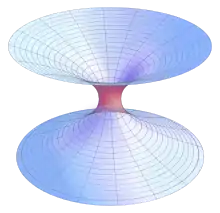 List of all portalsList of all portals
List of all portalsList of all portals -
 The arts portal
The arts portal -
 Biography portal
Biography portal -
 Current events portal
Current events portal -
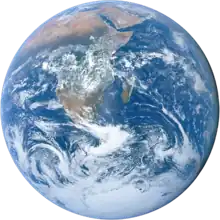 Geography portal
Geography portal -
 History portal
History portal -
 Mathematics portal
Mathematics portal -
 Science portal
Science portal -
 Society portal
Society portal -
 Technology portal
Technology portal -
 Random portalRandom portal
Random portalRandom portal -
 WikiProject PortalsWikiProject Portals
WikiProject PortalsWikiProject Portals


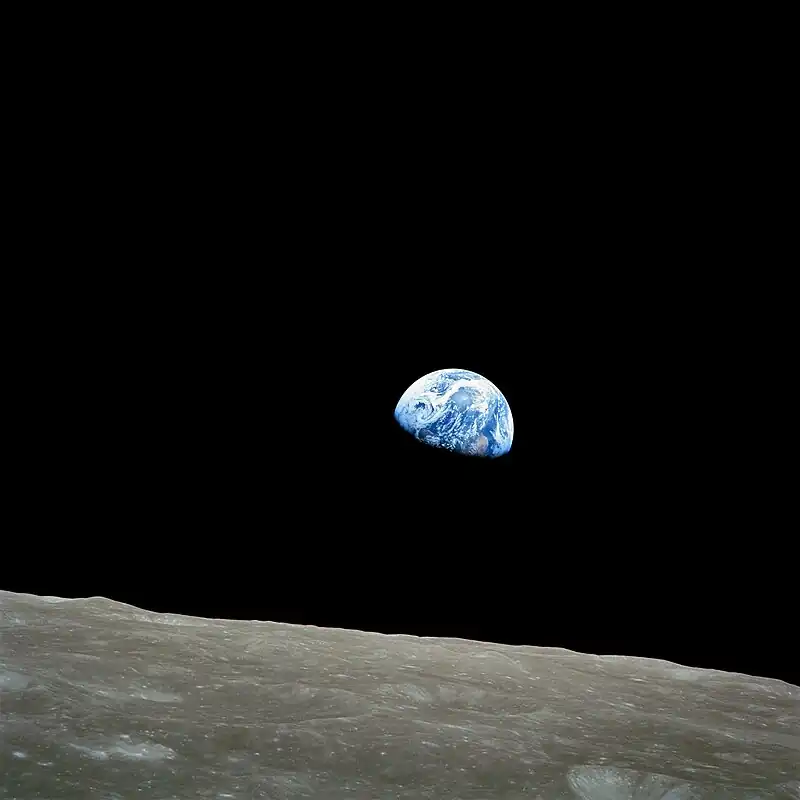
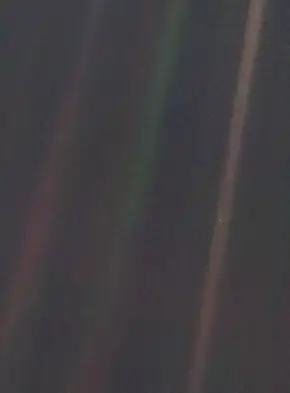

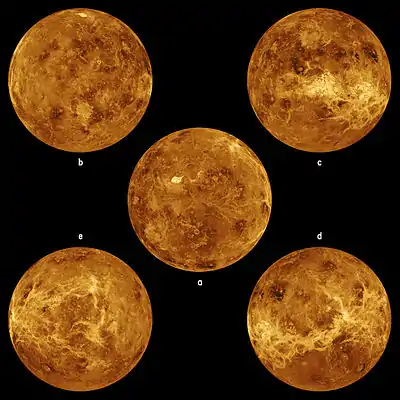
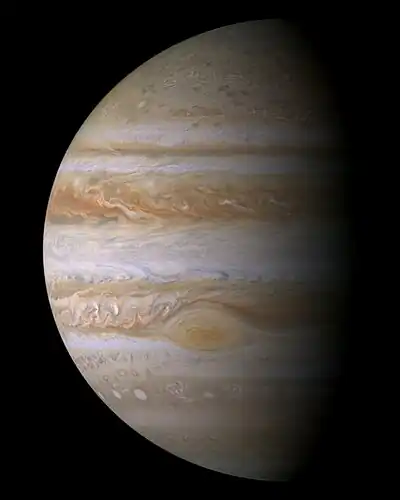
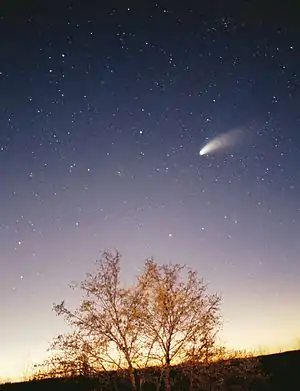

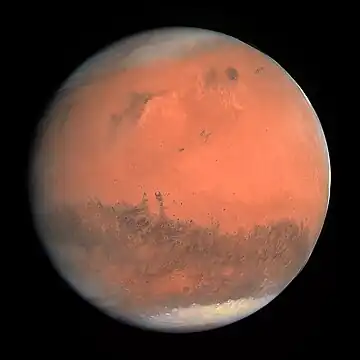
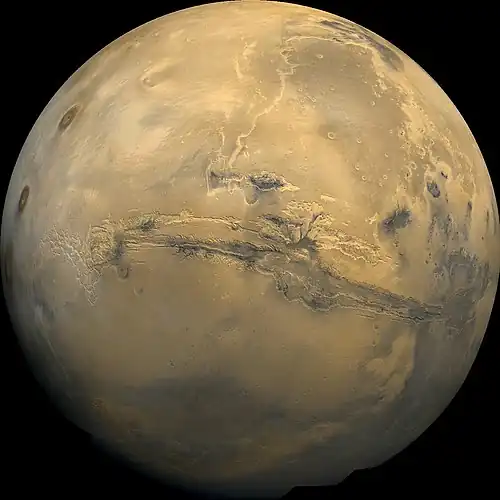

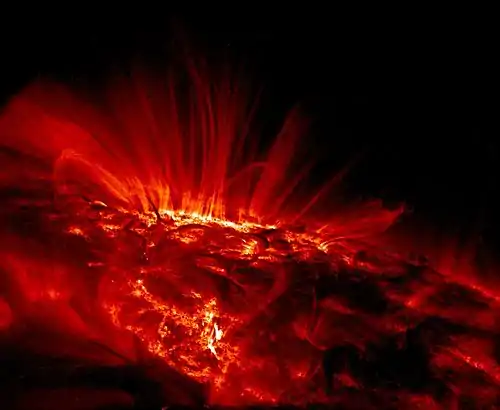
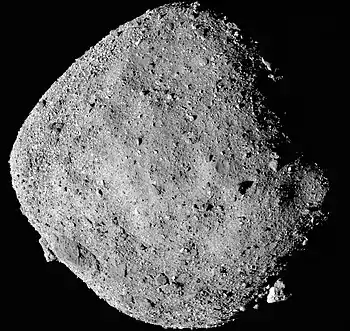
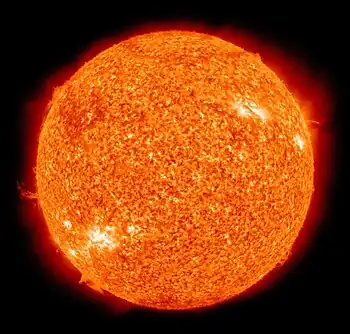
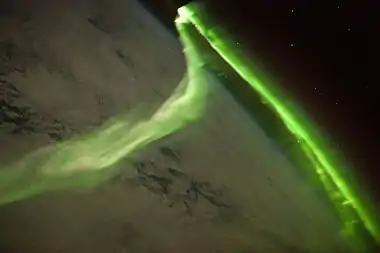
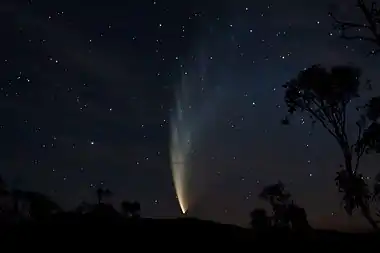


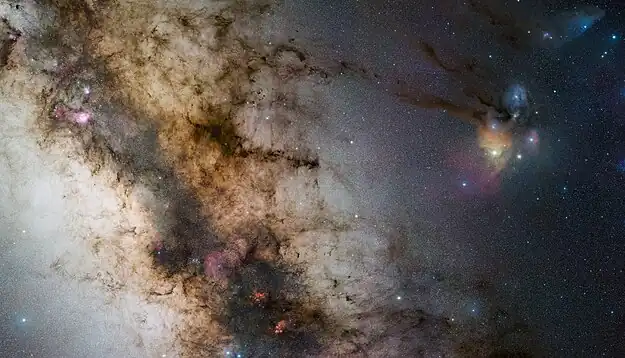

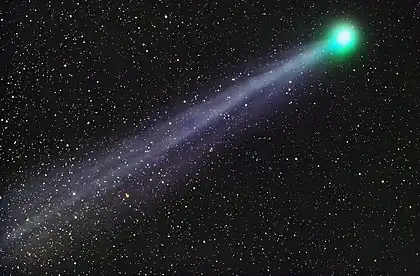
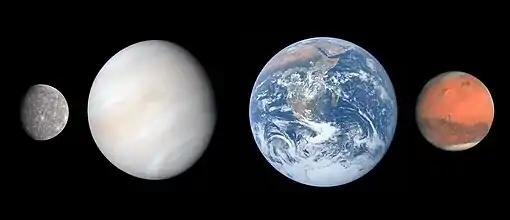



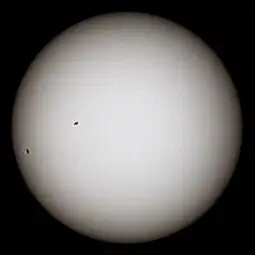


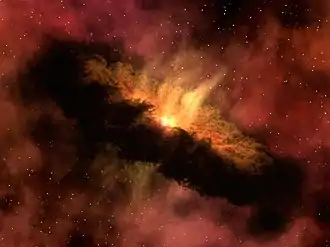


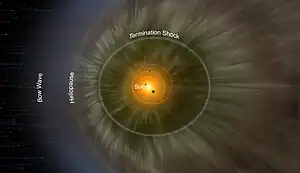

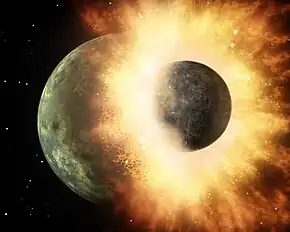
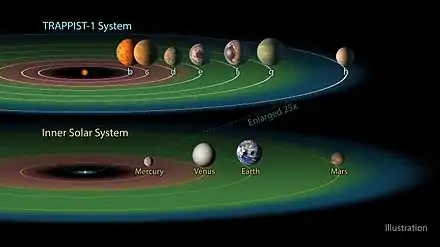

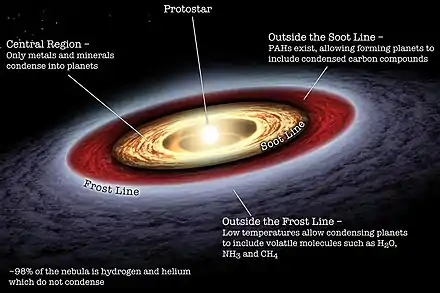

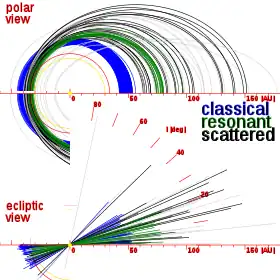
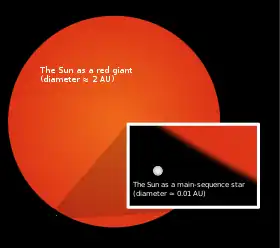
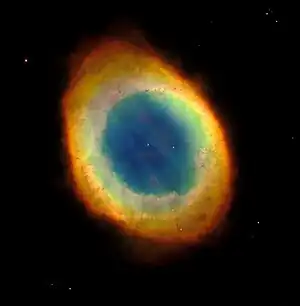
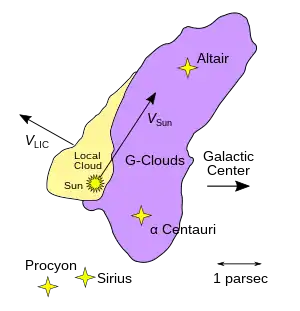


.jpg.webp)



